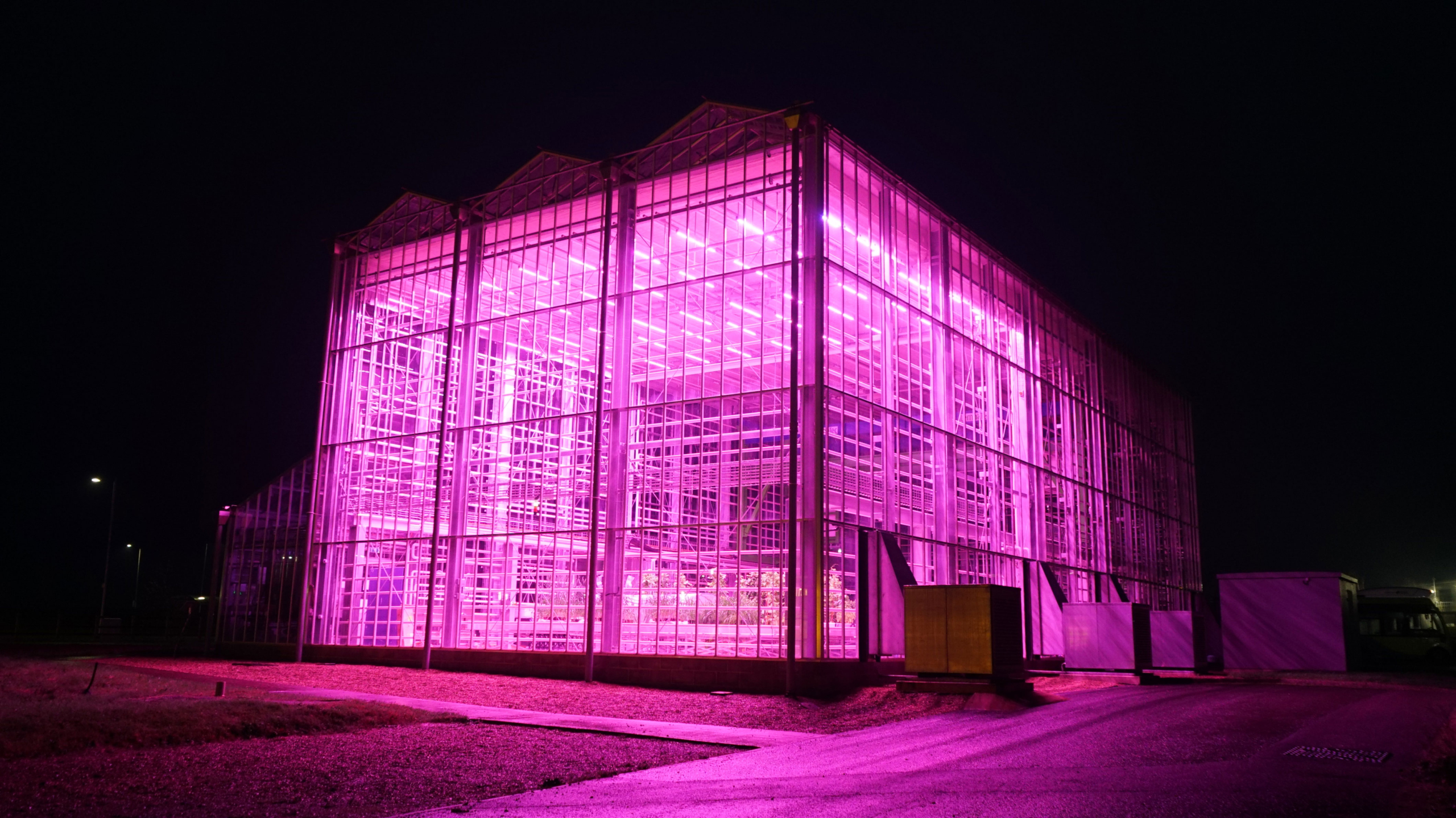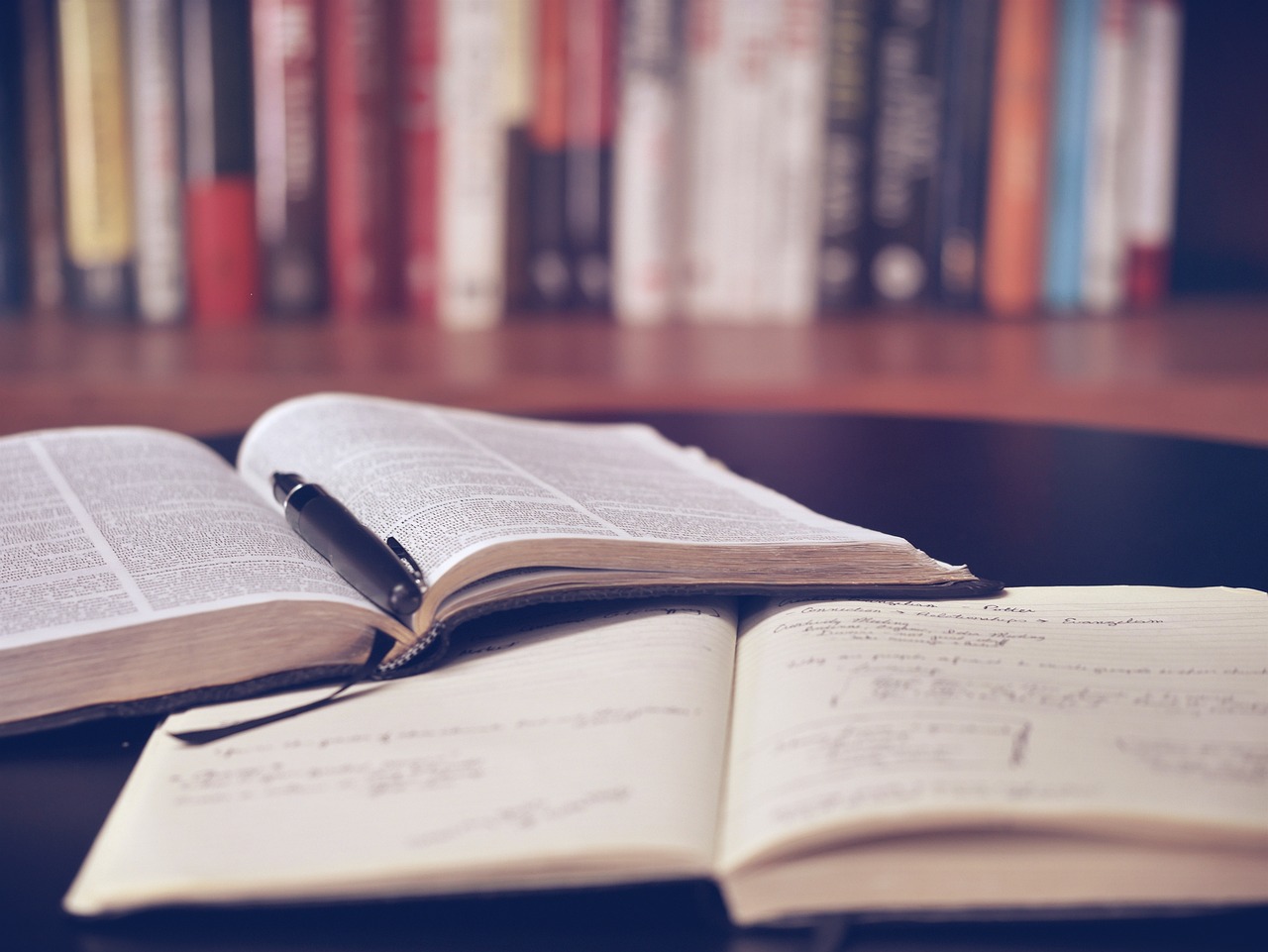Changing attitudes towards disability – #PurpleLightUp celebrates global economic contribution of disabled people
03/12/2020

Being disabled is tough, but what sometimes makes it tougher is the attitudes and a lack of awareness and understanding from others.
Today, 3 December, is the UN International Day of Persons with Disabilities. At Cranfield we’re also supporting the global #PurpleLightUp movement, led annually by PurpleSpace on the same day to celebrate and draw attention to the economic contribution of the 386 million disabled employees around the world.
In the UK, over 4.2 million disabled people were employed in 2019 and by conservative estimates around 10% of any workforce will be disabled (Source: Office for National Statistics). The majority of disabled people (83%) will acquire their impairment during their working lives (Source: Kate Nash Associates: Secrets & Big News – Papworth Trust).
Challenges
I was invited to write this blog and while I wanted to do so, I knew it would be difficult for me. I have always been very private about my medical condition and my general philosophy has been – as far as possible – to ignore it and just try to get on with life.
I have a rare neurological condition that causes loss of feeling and weakness in my hands and legs and also a lot of pain. It’s a degenerative condition and when I was diagnosed at the age of 16 doctors told me I would likely be in a wheelchair by the time I was 30.
Although I don’t see my medical condition in a negative way – I make a point of never using ‘suffer from’ when asked about what my condition is – the way that I have dealt with it until recently is to simply try to block it out and not think about it.
It’s only when I have a bad day – when I fall over, drop things or am unable to open something that I used to be able to – that it comes to the fore, or when I’m confronted with a challenging situation or barrier to my day-to-day activities.
I have had to learn to accept this and find innovative ways to overcome the challenges that my medical condition poses. There isn’t currently a cure or any treatment. It does, however, become frustrating when challenges stem from a lack of understanding or thought from others, albeit usually unintentionally.
A lack of understanding
I remember children at school walking alongside me and mimicking the way I walked. I have had cars drive up alongside me on the motorway and mock the way I hold the steering ball and hand controls that I have on my adapted car. I’ve lost track of the number of times I’ve had to wait outside somewhere due to there being no lift, while my friends, classmates or colleagues went inside.

In the past there was a prolonged period where the lift in my office building wasn’t working properly and I’d often have to work from home. It was a sporadic problem so sometimes I got to work only to find the lift was broken and then had to turn around and go back home again. While every effort was made to fix the issue as quickly as possible, the situation led to me feeling excluded from my team and very frustrated.
For a while I sat in a downstairs office with another team, and sometimes meetings that would have been held upstairs were held downstairs for me – although I was grateful for this, it also highlighted my medical condition to others and forced me into sharing something which I considered to be private. On one occasion I was also asked if I could ‘just use the stairs’ until the lift is fixed – unfortunately my medical condition isn’t something that I can turn off and on.
Going for meetings in other locations can also be difficult as I never know whether the room I’m going to is upstairs and whether the building has a lift. I’ve had to learn to ask people about this but it always feels awkward and is an additional factor which I wish I didn’t have to always consider and bring up when meeting people for the first time.
I have also heard stories about the experiences of others: tutting at the back of the bus when it takes more time for a wheelchair user to get on; people complaining about having to move a class of 90 students to an accessible lecture room just so one disabled person can join the course; people blocking off disabled parking bays or using disabled toilets without thinking and putting them out of use for those who need to use them.
The social model of disability
Learning about the social model of disability has helped me to look at these challenges in a different way and become more confident in how I deal with them.
Developed over the last 40 years, the social model way of thinking explains that people with impairments are ‘disabled’ by the barriers operating in society that exclude and discriminate against them. This is different from the more traditional medical model which views disability as an individual problem that needs to be prevented or cured, focusing on a functional analysis of the body as a machine which needs to be fixed.
With my condition, challenges have usually comprised attitudinal (social and cultural attitudes) and physical (linked to the physical and built environment) barriers – other people may also face barriers linked to information and communication.
Models of disability also feed into the language we use. The term ‘disabled person’ or ‘disabled people’ follows the social model approach in that it emphasises the social cause and nature of the exclusion and discrimination people with impairments face, disabled by society. A ‘person with disabilities’ or ‘people with disabilities’ implies disability is an individual matter, something that a person ‘has’.
Disabled people are underrepresented in the everyday images which we see around us – appearing in less than 2 per cent of images in the media (Source: Business Disability Forum – Verizon Media and Getty Images) – and when they are represented it is often within a narrative of incapacity and deficit, where they are seen as ‘vulnerable’ or ‘sick’, or at the other end of the spectrum ‘superheroes’, inspiring everyone with their ‘achievements’.
The positive thing about the social model of disability is that it focuses on barriers and solutions, mapping out an approach to inclusion and equality that is of benefit to society as a whole, not just disabled people. Providing or allowing audio recordings of lectures, as an example, is not just helpful for deaf people, but also for non-native English speakers.
The few examples of challenges mentioned above (there are many more I could draw attention to, and the Covid pandemic has made the situation for many disabled people a lot worse) can be solved through better organisational support and anticipatory planning (for example, ensuring every building has a reliable, working lift, or even just improving the information about which buildings do/don’t) and changing attitudes to foster a more inclusive and understanding culture.
By writing this post, I hope that I may raise awareness of some of these issues and encourage people to consider their actions and the impact they may have on others – to think and do things differently.
I understand it’s difficult to know about some of these issues until they affect you directly, but 25 years after the passing of the Disability Discrimination Act, there is still a long way to go until we can say society truly understands disabled people.
———————————————–
Read more about the social model of disability on Inclusion London’s page here or listen to this recent BBC Live Wires podcast: Why I am disabled by society, not by my medical condition.
Scope also has an excellent set of resources here.
Categories & Tags:
Leave a comment on this post:
You might also like…
Creating and using constituent lists in Datastream
Whether you're analysing industry performance, or comparing company financials, Datastream is a powerful tool. One of its most useful features is the ability to work with constituent lists — collections of companies grouped by index, ...
Landing at Cranfield: First-term experiences and life beyond the classroom
Starting a postgraduate course can feel daunting, especially if you’re new to the aviation industry. In this blog series, Adit Shah shares his journey on the Air Transport Management MSc at Cranfield. From first-term ...
Accelerating ambition: How Amelie Rohan engineered her future at Cranfield
In the world of high-performance automotive engineering, the gap between being a “fan” and being a professional is measured in more than just miles. It is measured in technical precision, hands-on ...
Study better and smarter in 2026
Happy new year! Now is the perfect time to reflect on your studies so far, thinking about what you’re doing well and where you need to focus a bit more attention. Getting back into ‘study ...
Cleared for the future: Why aviation leaders must embrace environmental sustainability
Environmental sustainability is not a niche concern for aviation anymore, it’s central to how we think about the future of our industry. In my work as an Associate Professor of Airport Decarbonisation, I see first-hand ...
Preparing your work for Turnitin submission
Before submitting your work into Turnitin for similarity checking, if you have used referencing software then you may need to take some important steps first. Mendeley and Zotero integrate with MS Word by embedding field ...






